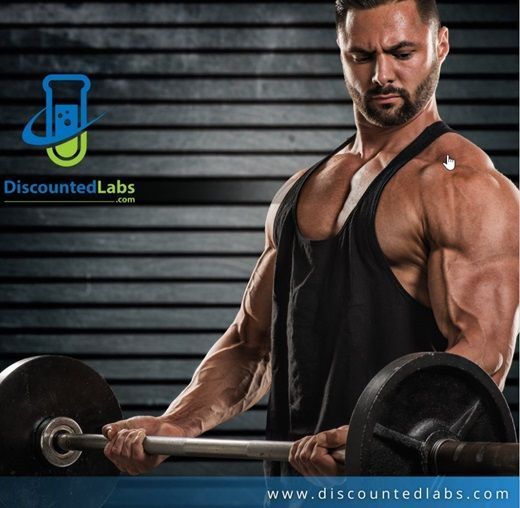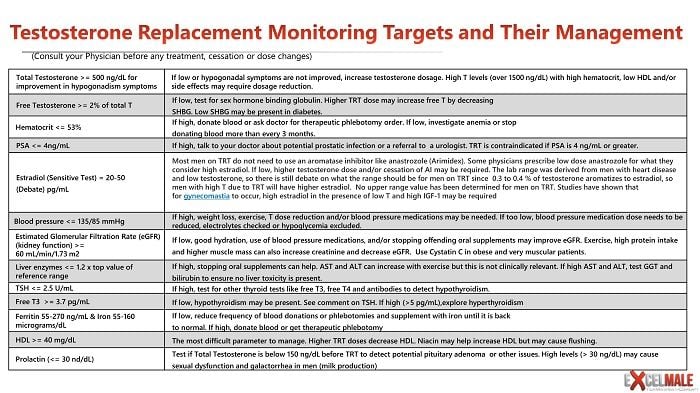madman
Super Moderator
Health effects of androgen abuse: a review of the HAARLEM study (2022)
Diederik L. Smit, Peter Bond and Willem de Ronde
Purpose of review
Data on the health effects of androgen abuse are mainly derived from lower-level evidence, such as case series and cross-sectional studies. In the last few years a relatively large and prospective cohort initiative, the HAARLEM (health risks of anabolic androgenic steroid use by male amateur athletes) study, made an important contribution to current knowledge.
Recent findings
The HAARLEM study showed that all androgen abusers experience positive and negative effects, such as an increase in strength and acne and gynecomastia, respectively. Effects are generally reversible and acute life-threatening toxicity is rare. There is a distinct but limited impact on liver and kidney function. Gonadal function is disrupted but resumes normally after abuse is discontinued in the majority of athletes. The negative impact of androgens on cardiovascular parameters, such as blood pressure, hematocrit, and lipid metabolism, as well as cardiac structure and function, seems to be the mechanism for premature atherosclerosis and cardiomyopathy, respectively, in long-term users.
Summary
It is beyond dispute that androgen abuse is harmful and much of the short-term toxicity is well documented. To prevent long-term health hazards, there should be ample focus on preventive measures, both primary and secondary, and effective harm reduction strategies should be developed.
INTRODUCTION
Androgens abused by strength athletes also referred to as anabolic androgenic steroids, have the purpose of increasing strength and enhancing performance. Although the initial landscape of androgen abusers was confined to elite and competitive athletes, a gradual shift towards a large population of amateur athletes and ordinary gym-goers emerged around the 1980s and onwards [1]. Results of a 2014 meta-analysis estimated the global lifetime prevalence rate for males and females at 6.4% and 1.6%, respectively [2]. Although androgen abuse negatively impacts health, there is no broad understanding of its adverse effects. This is mainly due to unfamiliarity with the topic among health professionals and ethical barriers to conducting scientific research. Current data in the literature is therefore mainly derived from expert opinion, case series, retrospective, and cross-sectional studies.
In the last 2-3 years several publications reported data from the HAARLEM study [3,4 – 6,7], which is an acronym for health risks of anabolic androgenic steroid use by male amateur athletes. This cohort study takes precedence over much of the existing literature in this field due to its prospective design and relatively large size. It is a unique project that took place at the outpatient anabolic androgenic steroids clinic of the Spaarne Gasthuis in Haarlem, the Netherlands, between 2015 and 2019. It meticulously analyzed the health impact of real-world androgen abuse and has become the current benchmark. Data from these reports lay an important foundation for appropriate education of athletes who consider, or already abuse, androgens and pave the way for the development of preventive measures. The current review will elaborate on, summarize, and discuss the most important findings of the HAARLEM study.
*DESCRIPTION OF STUDIES
*BASELINE CHARACTERISTICS
*SERIOUS ADVERSE EVENTS
*POSITIVE AND NEGATIVE SIDE EFFECTS
*KIDNEY AND LIVER TOXICITY
*TESTICULAR DYSFUNCTION
*CARDIOVASCULAR EFFECTS
*CARDIAC STRUCTURE AND FUNCTION
*LONG-TERM HAZARDS
CONCLUSION
Future research should search for methods by which damage caused by androgens can be moderated. Under the assumption that androgen abuse has deleterious effects on health, it could be beneficial to impel athletes to use fewer androgens than they would do without intervention. Obviously, the most desirable outcome for a clinician or healthcare worker would be to intercept androgen abuse by an athlete entirely, i.e. primary prevention. This is currently endeavored by anti-doping organizations with large-scale education programs and restrictive regulations. These measures could surely be effective but will never rule out androgen abuse by a still sizeable group of strength athletes. Secondary prevention could therefore be complimentary and may take the form of harm reduction strategies, for instance, the face-to-face counseling of current users by health professionals and education through online discussion forums [21]. A well-designed trial that investigates the efficacy of a harm reduction strategy is needed to determine whether such an approach could be put into practice.
Diederik L. Smit, Peter Bond and Willem de Ronde
Purpose of review
Data on the health effects of androgen abuse are mainly derived from lower-level evidence, such as case series and cross-sectional studies. In the last few years a relatively large and prospective cohort initiative, the HAARLEM (health risks of anabolic androgenic steroid use by male amateur athletes) study, made an important contribution to current knowledge.
Recent findings
The HAARLEM study showed that all androgen abusers experience positive and negative effects, such as an increase in strength and acne and gynecomastia, respectively. Effects are generally reversible and acute life-threatening toxicity is rare. There is a distinct but limited impact on liver and kidney function. Gonadal function is disrupted but resumes normally after abuse is discontinued in the majority of athletes. The negative impact of androgens on cardiovascular parameters, such as blood pressure, hematocrit, and lipid metabolism, as well as cardiac structure and function, seems to be the mechanism for premature atherosclerosis and cardiomyopathy, respectively, in long-term users.
Summary
It is beyond dispute that androgen abuse is harmful and much of the short-term toxicity is well documented. To prevent long-term health hazards, there should be ample focus on preventive measures, both primary and secondary, and effective harm reduction strategies should be developed.
INTRODUCTION
Androgens abused by strength athletes also referred to as anabolic androgenic steroids, have the purpose of increasing strength and enhancing performance. Although the initial landscape of androgen abusers was confined to elite and competitive athletes, a gradual shift towards a large population of amateur athletes and ordinary gym-goers emerged around the 1980s and onwards [1]. Results of a 2014 meta-analysis estimated the global lifetime prevalence rate for males and females at 6.4% and 1.6%, respectively [2]. Although androgen abuse negatively impacts health, there is no broad understanding of its adverse effects. This is mainly due to unfamiliarity with the topic among health professionals and ethical barriers to conducting scientific research. Current data in the literature is therefore mainly derived from expert opinion, case series, retrospective, and cross-sectional studies.
In the last 2-3 years several publications reported data from the HAARLEM study [3,4 – 6,7], which is an acronym for health risks of anabolic androgenic steroid use by male amateur athletes. This cohort study takes precedence over much of the existing literature in this field due to its prospective design and relatively large size. It is a unique project that took place at the outpatient anabolic androgenic steroids clinic of the Spaarne Gasthuis in Haarlem, the Netherlands, between 2015 and 2019. It meticulously analyzed the health impact of real-world androgen abuse and has become the current benchmark. Data from these reports lay an important foundation for appropriate education of athletes who consider, or already abuse, androgens and pave the way for the development of preventive measures. The current review will elaborate on, summarize, and discuss the most important findings of the HAARLEM study.
*DESCRIPTION OF STUDIES
*BASELINE CHARACTERISTICS
*SERIOUS ADVERSE EVENTS
*POSITIVE AND NEGATIVE SIDE EFFECTS
*KIDNEY AND LIVER TOXICITY
*TESTICULAR DYSFUNCTION
*CARDIOVASCULAR EFFECTS
*CARDIAC STRUCTURE AND FUNCTION
*LONG-TERM HAZARDS
CONCLUSION
Future research should search for methods by which damage caused by androgens can be moderated. Under the assumption that androgen abuse has deleterious effects on health, it could be beneficial to impel athletes to use fewer androgens than they would do without intervention. Obviously, the most desirable outcome for a clinician or healthcare worker would be to intercept androgen abuse by an athlete entirely, i.e. primary prevention. This is currently endeavored by anti-doping organizations with large-scale education programs and restrictive regulations. These measures could surely be effective but will never rule out androgen abuse by a still sizeable group of strength athletes. Secondary prevention could therefore be complimentary and may take the form of harm reduction strategies, for instance, the face-to-face counseling of current users by health professionals and education through online discussion forums [21]. A well-designed trial that investigates the efficacy of a harm reduction strategy is needed to determine whether such an approach could be put into practice.




















